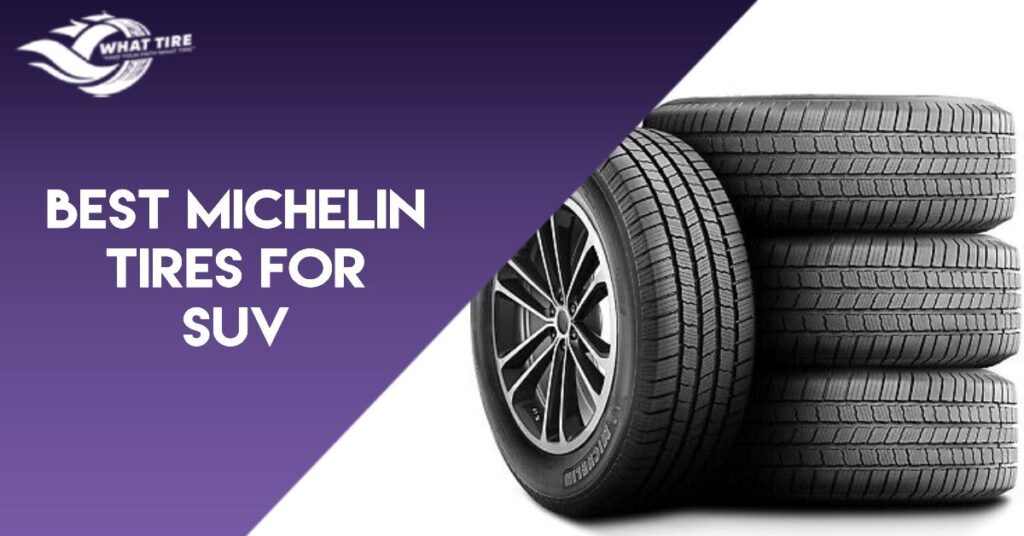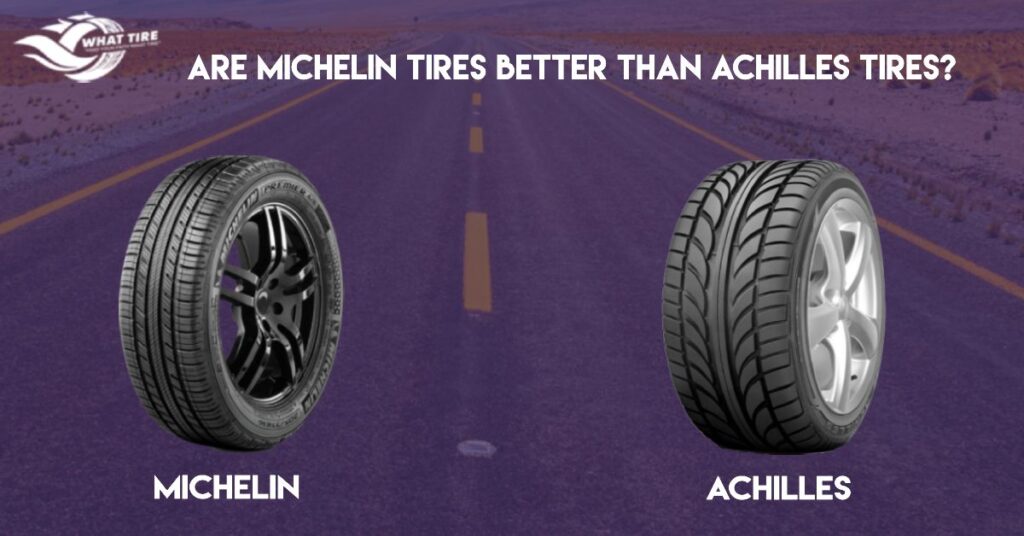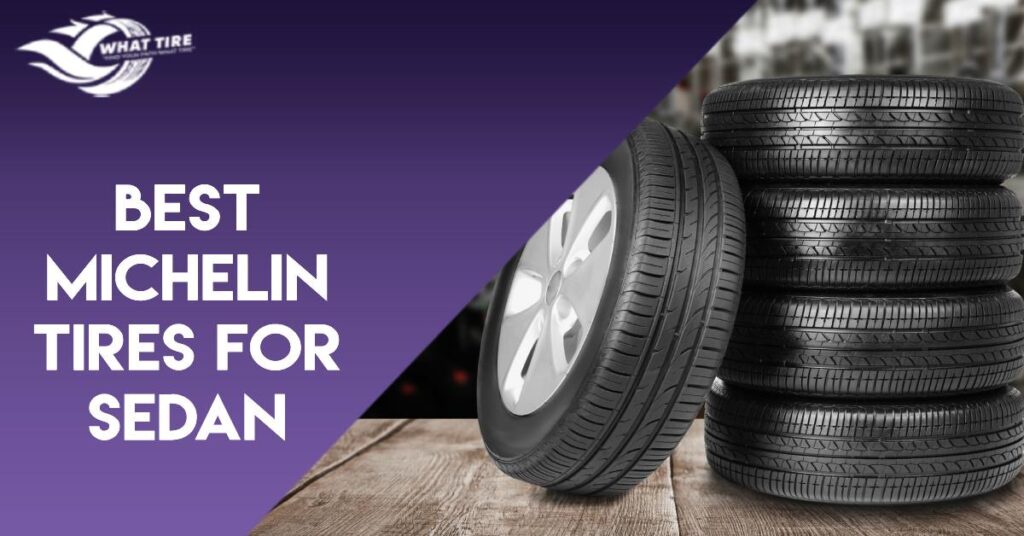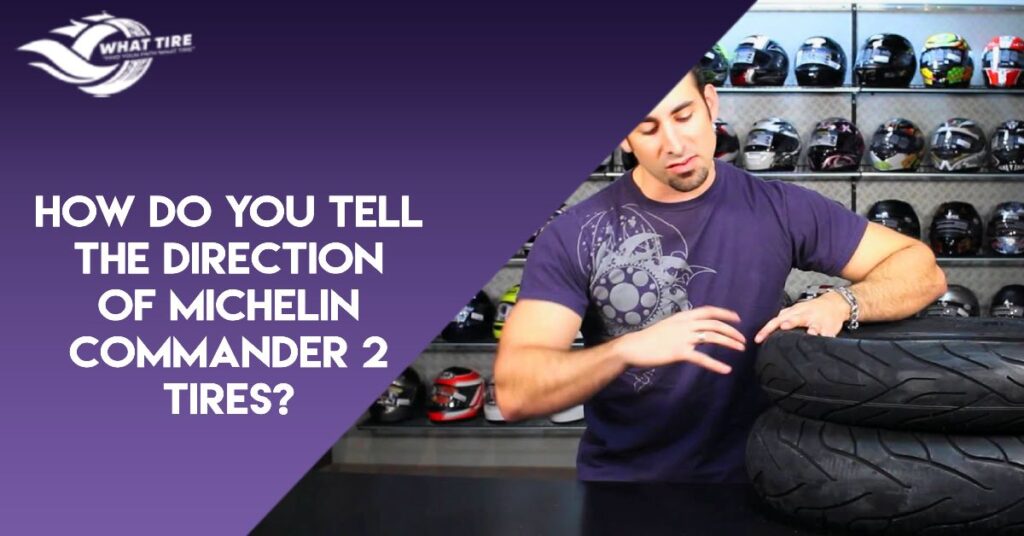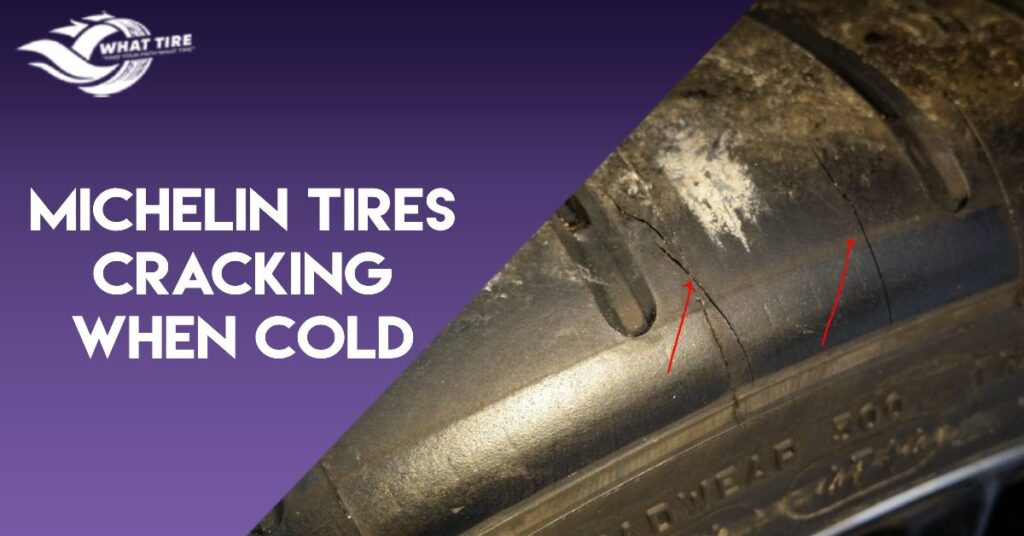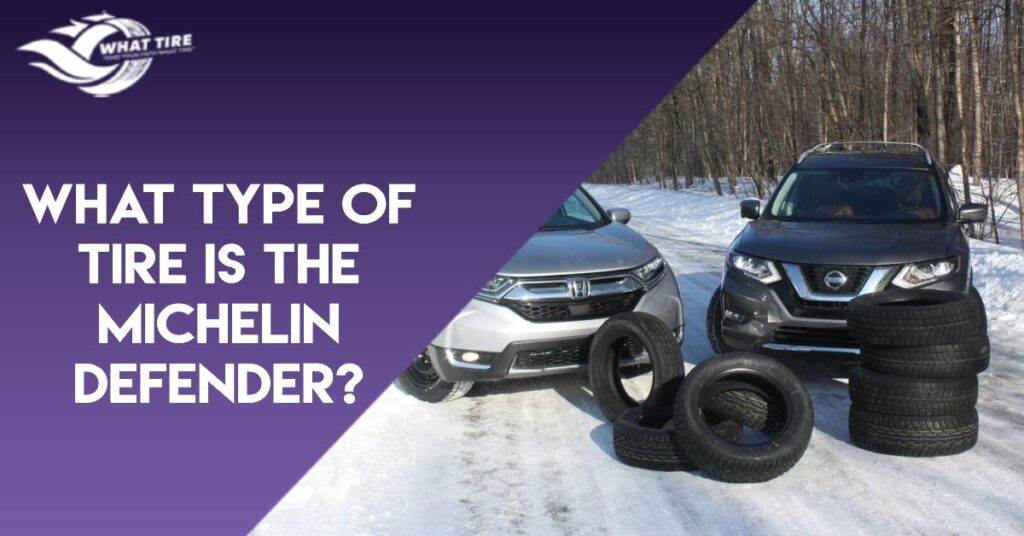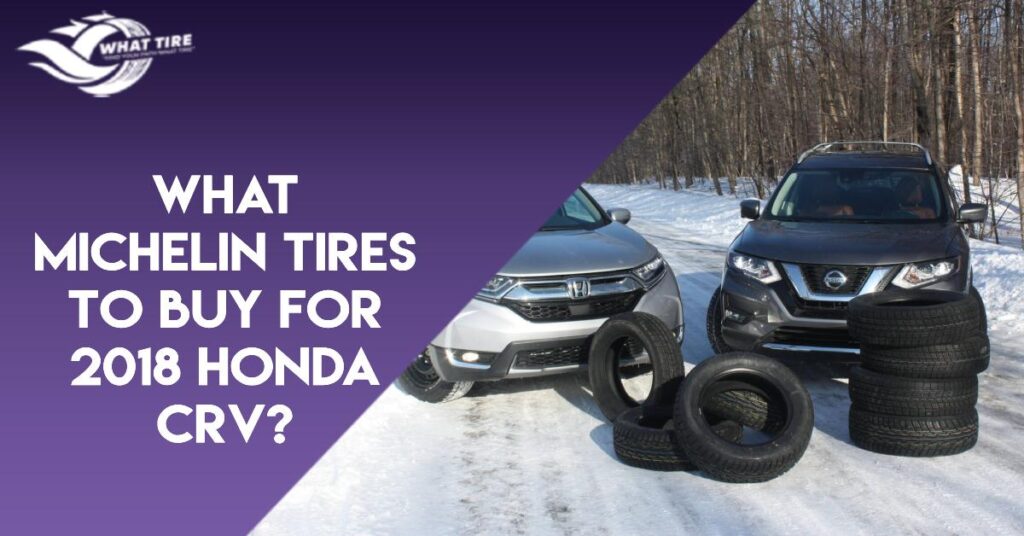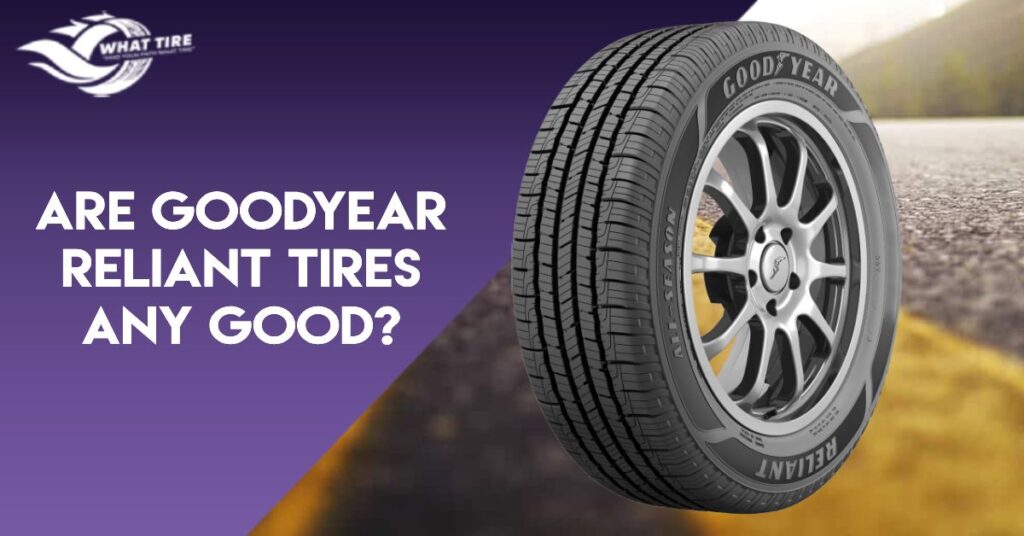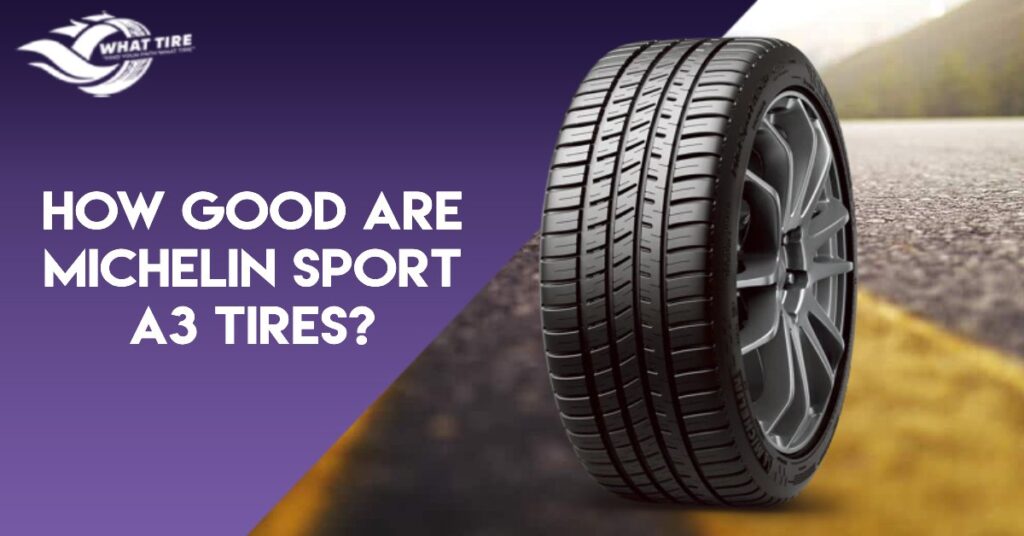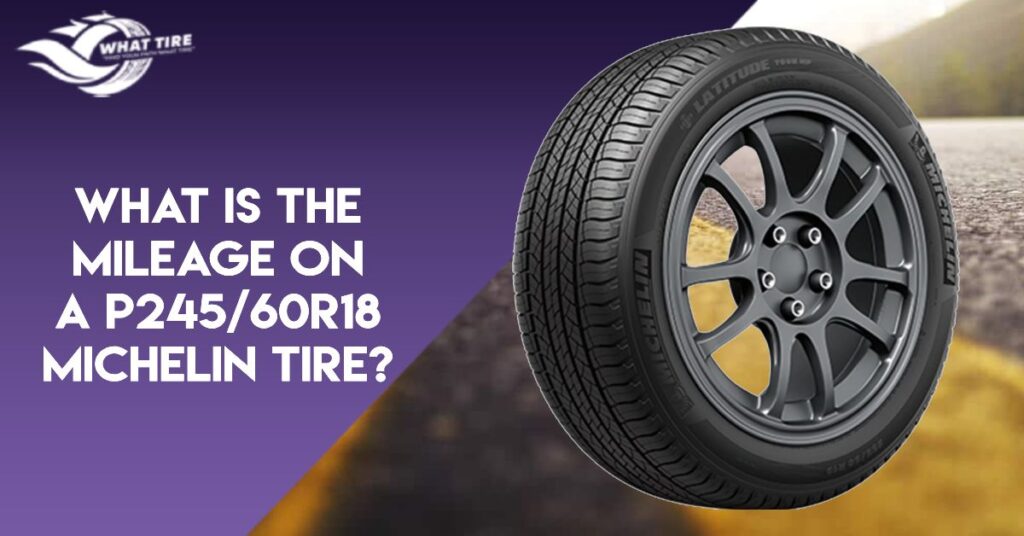Best Michelin Tires For SUV
In the world of SUVs, the right set of tires can make all the difference – enhancing performance, ensuring safety, and providing a smooth ride. When it comes to quality and reliability, Michelin stands out as a trusted name. In this post, we’ll navigate through the diverse terrain of SUV tires, exploring the key factors to consider before making a purchase. Whether you’re tackling rugged off-road adventures or cruising through city streets, finding the best Michelin tires for your SUV is crucial. Join us as we unveil the top 5 Michelin SUV tires, each promising durability, traction, and the perfect balance between comfort and control. Things to Consider Before Buying SUV Tires Selecting the right SUV tires is a critical decision that directly impacts your vehicle’s performance, safety, and overall driving experience. As a tire expert, understanding the specific considerations tailored to your needs ensures a well-informed purchase. 1. Terrain Mastery When choosing SUV tires, consider the types of terrains you’ll encounter. For off-road enthusiasts, robust all-terrain tires offer durability and traction. On the other hand, highway-focused tires prioritize a smooth ride and fuel efficiency. 2. Weather Adaptability Climate plays a significant role in tire performance. Opt for tires with excellent wet traction for rainy conditions and snow traction if you encounter winter weather. Michelin offers a range of tires designed to excel in different weather scenarios. 3. Size and Fitment Ensure your chosen tires match your SUV’s specifications. Refer to the vehicle’s manual for the correct tire size and load rating. A proper fit not only guarantees safety but also enhances handling and fuel efficiency. 4. Tread Life and Warranty Evaluate the tread life expectancy of the tires, as it directly impacts the frequency of replacements. Additionally, Michelin’s warranty coverage is worth considering, providing assurance for potential defects or premature wear. 5. Noise and Comfort Strike a balance between performance and comfort. Michelin SUV tires often prioritize a quiet and smooth ride, enhancing your driving experience without compromising on handling. 6. Fuel Efficiency Michelin’s commitment to sustainability is reflected in their tire designs. Look for models with low rolling resistance to maximize fuel efficiency, reducing your environmental footprint and fuel expenses. 7. Budget and Value While quality is paramount, it’s essential to find a balance with your budget. Michelin offers a diverse range of SUV tires catering to various price points, ensuring you get exceptional value for your investment. In short, by considering these aspects tailored to your driving habits and preferences, you can confidently choose Michelin SUV tires that not only meet but exceed your expectations. Best Michelin Tires For SUVs 1. Michelin Defender LTX M/S Rating ★★★★★ 4.5/5 Dry Conditions 89% Wet Conditions 93% Snow 81% Comfort 85% Noise Reduction 87% Durability 88% Why we pick this? With EverGripTM technology for consistent traction and exceptional wet performance, this tire ensures safety and longevity for your Honda CRV. Best for: Better wet traction. Check on Amazon Check pricing Product Long Description: Engineered for the modern SUV, the Michelin Defender LTX M/S emphasizes durability and longevity. Its all-season capability ensures optimal performance in various weather conditions. The tire’s Evertread compound provides excellent traction and tread life, making it an ideal choice for those seeking reliability and stability on both highways and urban roads. What we like Exceptional tread life Enhanced fuel efficiency A comfortable, quiet ride What we don’t like May not be the optimal choice for off-road enthusiasts seeking aggressive tread patterns. 2. Michelin Premier LTX Rating ★★★★★ 4/5 Dry Conditions 88% Wet Conditions 93% Snow 87% Comfort 90% Noise Reduction 87% Durability 89% Why we pick this? MaxTouch ConstructionTM promotes even wear for a long lifespan and also extended tread life, making it an ideal choice for durability and reliability. Best for: All-season versatility. Check on Amazon Check pricing Product Long Description: The Michelin Premier LTX prioritizes safety and wet-weather performance for SUV drivers. Its EverGrip technology ensures consistent traction as the tire wears, offering reliable stopping power on wet roads. Ideal for urban and suburban driving, this tire delivers a smooth, responsive ride. What we like Impressive wet traction Responsive handling, A comfortable, quiet ride What we don’t like May not be the best choice for extreme off-road conditions. 3. Michelin Latitude Tour HP Rating ★★★★★ 4.1/5 Dry Conditions 88% Wet Conditions 93% Snow 91% Comfort 90% Noise Reduction 88% Durability 91% Why we pick this? Engineered for precision and comfort, this tire offers a smooth and responsive ride, perfect for daily commuting and long trips. Best for: Comfortable highway cruising. Check on Amazon Check pricing Product Long Description: Designed for premium SUVs, the Michelin Latitude Tour HP combines performance and comfort. With a focus on precise handling and a smooth ride, this tire features a silica compound for enhanced traction in wet conditions. Its symmetric tread pattern ensures even wear for prolonged tire life. What we like Impressive wet traction Responsive handling, A comfortable, quiet ride What we don’t like May not be the best choice for extreme off-road conditions. 4. Michelin CrossClimate SUV Rating ★★★★★ 4.1/5 Dry Conditions 89% Wet Conditions 93% Snow 92% Comfort 90% Noise Reduction 87% Durability 91% Why we pick this? Combining summer and winter tire technologies, this all-weather tire ensures superior performance in diverse driving conditions. Best for: All-weather capability. Check on Amazon Check pricing Product Long Description: Bridging the gap between all-season and winter tires, the Michelin CrossClimate SUV is a versatile choice. Its unique V-shaped tread design provides traction on snow, ice, and wet roads, making it suitable for SUVs that encounter diverse weather conditions. What we like Impressive wet traction Responsive handling, What we don’t like May not be the best choice for extreme off-road conditions. 5. Michelin Pilot Sport 4 SUV Rating ★★★★★ 4.1/5 Dry Conditions 95% Wet Conditions 93% Snow 82% Comfort 90% Noise Reduction 87% Durability 91% Why we pick this? With a focus on sporty handling and responsiveness, this tire offers thrilling performance without compromising all-season capability. Best for: Performance-oriented driving.
Best Michelin Tires For SUV Read More »

